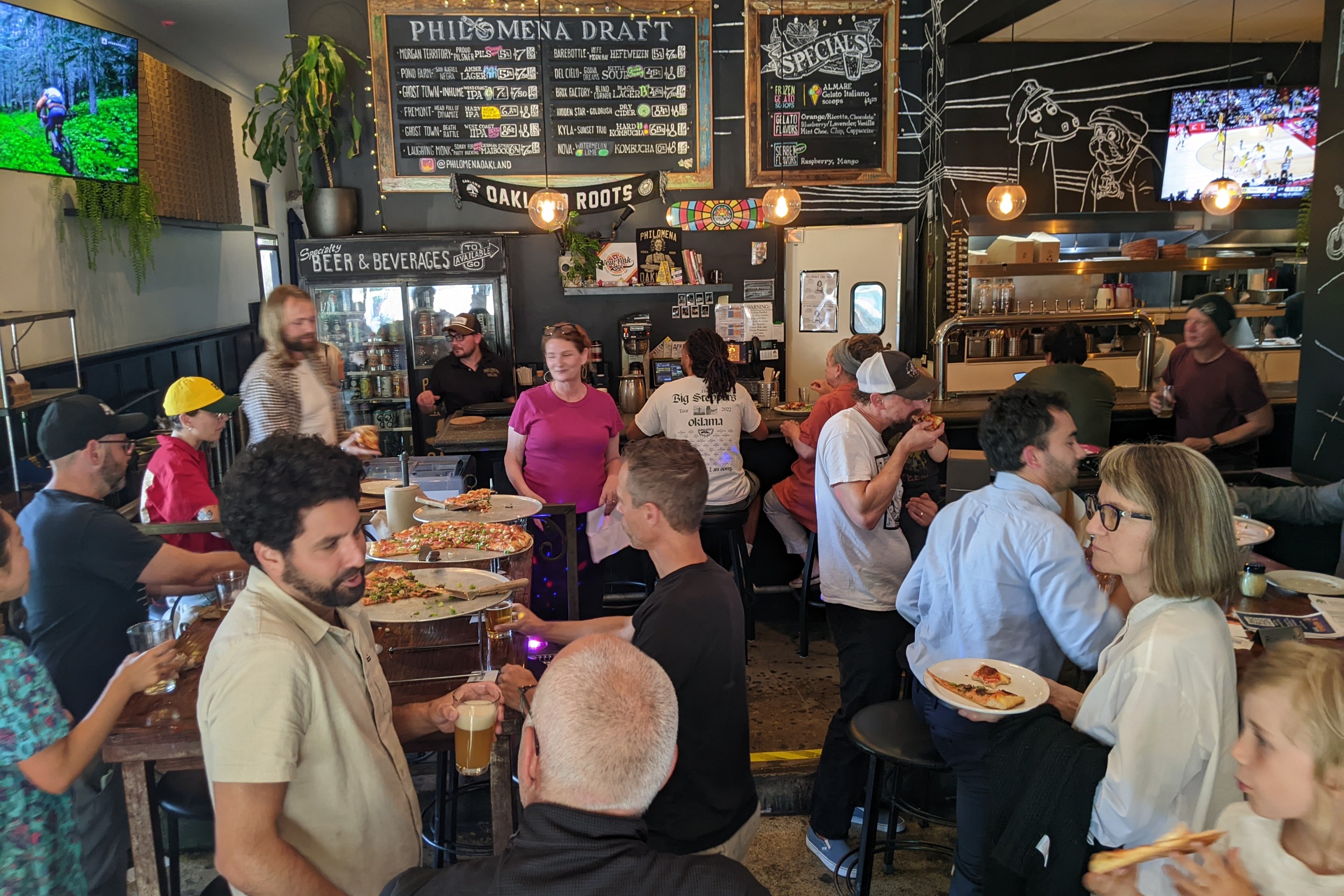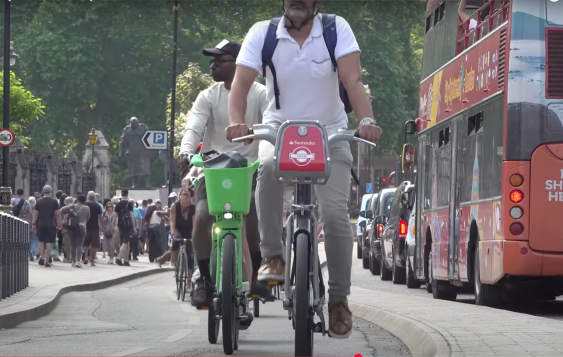Even as our freeways and bridges in the Bay Area are choked with traffic for hours every day, the population in the region is projected to grow from over 7 million now to over 9 million by 2025. Deciding where to build housing to accommodate the growth will be one of the most significant regional decisions and one that must account not only for issues like infrastructure capacity, but climate change, open space management, job growth and health impacts.
That's the message the Greenbelt Alliance has delivered with its series of public workshops to promote "Grow Smart Bay Area," a regional plan for infill development near transit coupled with the protection of open space and agricultural land. As a blueprint for walkable, dense development, Grow Smart Bay Area is an optimistic projection of how planners can accommodate growth within existing towns and cities without giving into the temptation to sprawl further from job centers.
Greenbelt Alliance gathered a panel of experts last week at the Lesher Center for the Arts in Walnut Creek to discuss the challenges of promoting these development patterns and to debate how to make the Bay Area, to borrow Greenbelt Executive Director Jeremy Madsen's phrase, "a sustainable global metropolis."
"Grow Smart is not merely about accommodating the Bay Area's next generation of growth. It's about using growth as a catalyst," said Madsen. "We can use growth as a tool to make our neighborhoods more sustainable, more equitable."
To identify priority development locations, Greenbelt used the California Infill Parcel Locator database and the Smart Growth Strategy/Regional Livability Footprint Project, both developed at UC Berkeley. Those were then cross-referenced with growth projections from the Association of Bay Area
Governments (ABAG) and the Metropolitan Transportation Commission's (MTC) Transportation 2035: Change in Motion report.
In the analysis, Greenbelt skipped single-family neighborhoods and focused on sites that would be mixed-use low density, downtown medium density, and
mixed-use medium high density. They identified 40,000 infill development lots in seven smart spots for growth (see map above), including northeast Santa Clara County, El Camino Real in San Mateo County, portions of San Francisco along BART and Muni lines and other transit-oriented development locations like BART transit villages.
Several of the panelists at the event in Walnut Creek made strong arguments for developing in accord with Grow Smart principles. Dr. Wendell Brunner, Director of Contra Costa Health Services, said the built environment was ever more significant to health professionals who recognize the negative consequences of sprawl and long commutes.
"There has been an enormous increase in vehicle miles traveled," said Brunner, which "leads to pollution, considerable stress and long commute times."
Brunner said the over-reliance on "car culture and the associated built environment that grows up around it contributes" to the obesity and diabetes epidemics, as well as asthma and attendant problems in urban areas.
"What we need to promote health are dense walkable communities," he said. "These are what's essential to build healthy, sustainable communities."
 San Pablo Avenue in Oakland. Photo: Greenbelt Alliance.
San Pablo Avenue in Oakland. Photo: Greenbelt Alliance. San Pablo imagined as a multi-modal, mixed use street. Image: Urban Advantage.
San Pablo imagined as a multi-modal, mixed use street. Image: Urban Advantage.Good plans alone won't be sufficient, however, without political will
and persistence to be sure growth is targeted in the right areas, warned
James Kennedy, Redevelopment Director at the Contra Costa County
Department Conservation and Development and current president of
the California Redevelopment Agency. Kennedy said county planners and
redevelopment agencies needed to develop good plans, vetted by the
public, so developers could have assurances that if they met conditions
for smart growth, they could have reliable and dependable timetables for
building.
"Specific plans are good resources," he said. "The fundamental premise of specific
plans is that it provides dependability for communities and developers."
Jeff White, Senior Developer at AvalonBay Communites, held up his company's new Contra Costa Centre Transit Village as an example of good growth by building close to transit in counties further from the urban core. The 125-acre Centre, which is located around the Pleasant Hill BART station with 2300 multi-unit residential properties and two million square feet of office space, moved its first residential tenants in on May 1st and expects to keep selling through the end of the year.
White said the plan for the Centre facilitated the development, though he lamented how long it took to build. "What would we do differently? Build faster and at less cost," he said.
Rather than play on the historic divide between environmental stewardship and job creation, Scott Littlehale, Senior Research Analyst for the Northern California Carpenters Regional Council, said that the distance between work and affordable housing degraded workers' living standards.
"For many of our members now, the sprawling, decentralized development isn't working well for us," said Littlehale. "Our members have miserable commutes."
He estimated that construction workers who commute out of Contra Costa County will spend an average of one hour longer in a car each day, or the equivalent of "six extra work weeks behind the wheel."
Al Courchesne, the owner of Frog Hollow Farm near Brentwood and the only panelist that clearly didn't work behind a desk under fluorescent lights, said farmers were often left out of the discussion around development. "I think awareness of food and agriculture should be an intrinsic part of
this discussion of smart growth," said Courchesne, who argued planners and towns needed to do more to protect agricultural lands and prevent sprawl.
"If we want our food to come from local agricultural areas, we need to be
proactive about protecting them," said Courshesne
To underscore this point, Courshesne, Madsen and other panelists all warned of Measure F, the Brentwood Urban Limit Expansion proposition that goes before voters on June 8th, which they argued would allow sprawl to encroach on farmland and valuable open space.
Measure F, they argued, would be a good test whether there was political commitment to smart growth or if there was only lip service paid to the current buzzword.
"We have to see farmland not as something that is pretty to drive by and look at," said Madsen. It's essential to our ongoing environmental security."





